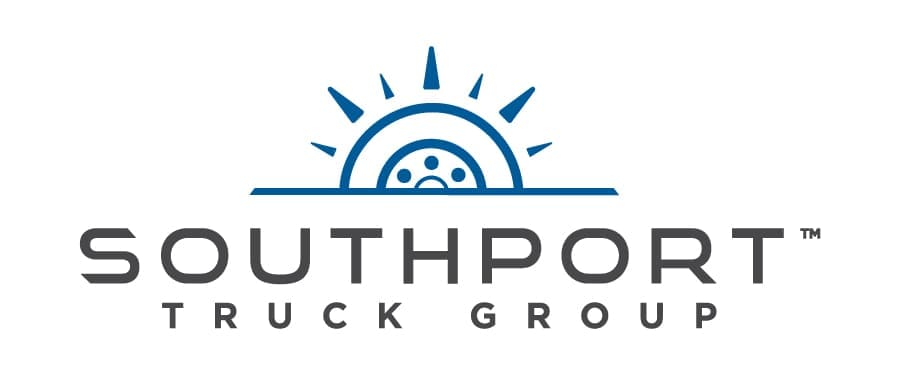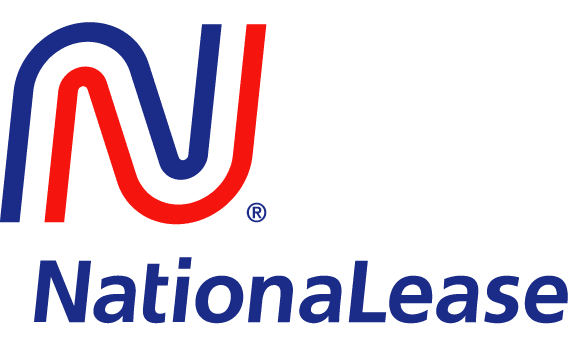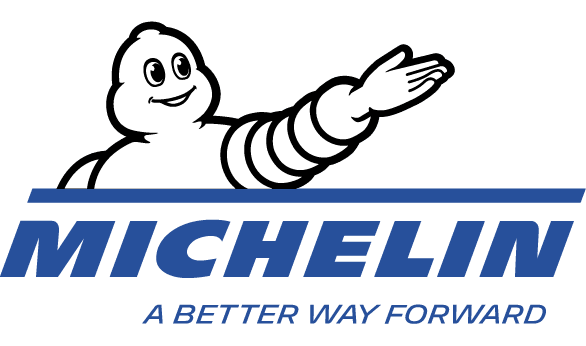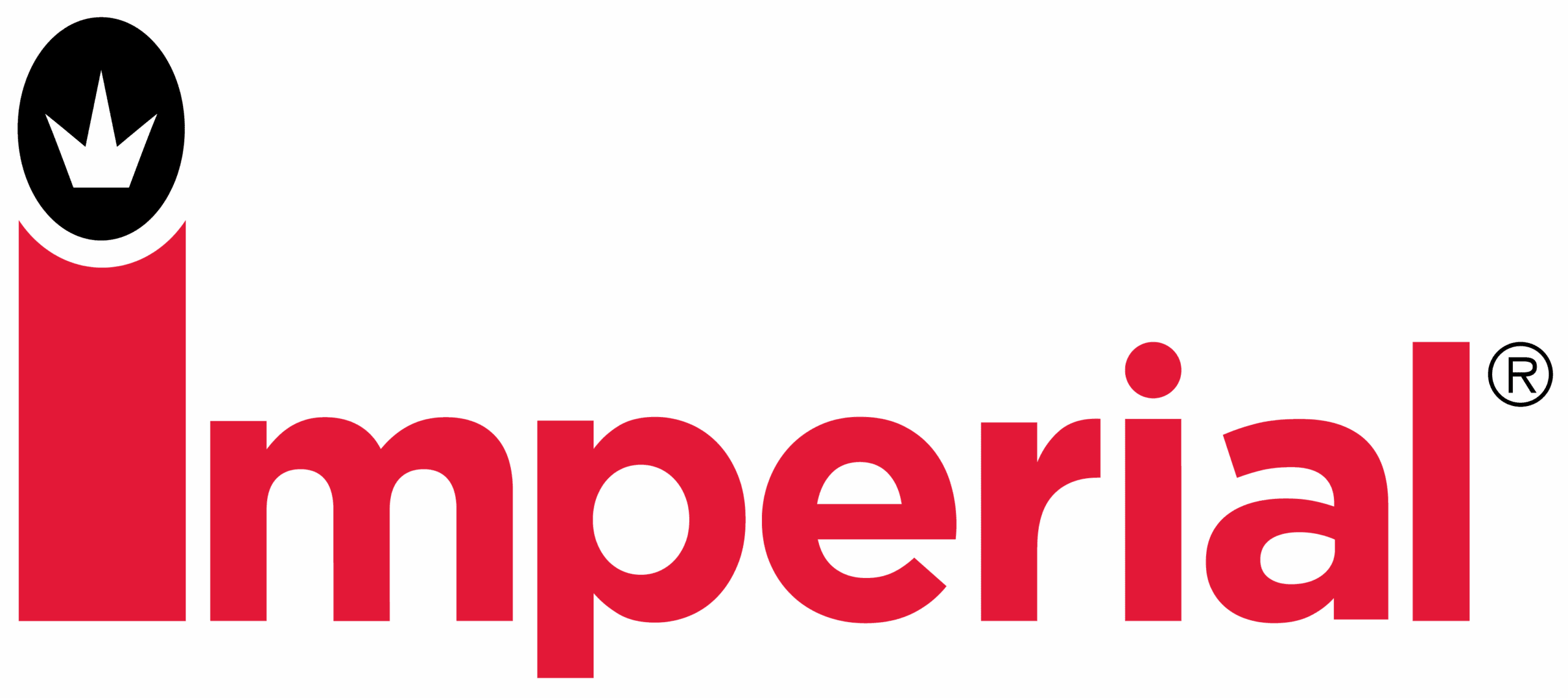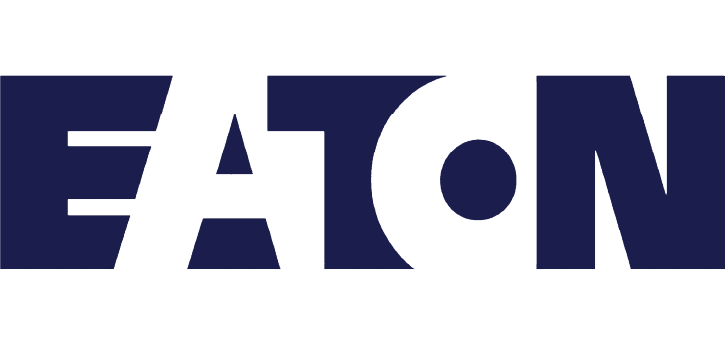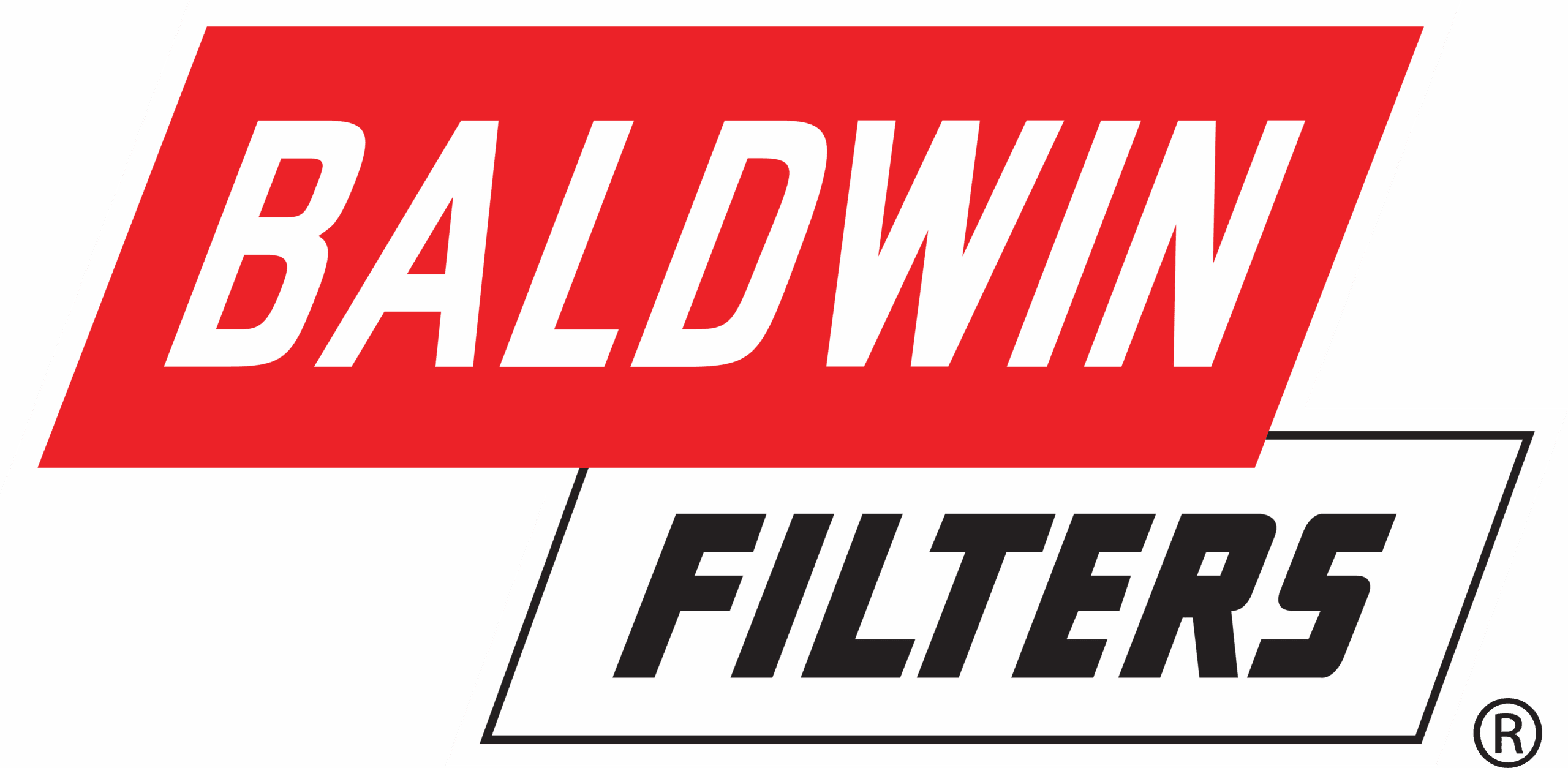The real impact of AP automation on DPO and cash flow
Home - The real impact of AP automation on DPO and cash flow
Corcentric

- AP automation optimizes DPO by balancing cash flow preservation with supplier trust.
- Strategic DPO management varies by industry, impacting liquidity and vendor relationships.
- Automation provides real-time insights and control over payment timing to enhance cash flow.
- Corcentric helps businesses turn DPO into a growth lever through tailored AP automation strategies.
It’s one of the most overlooked levers in finance, but get it right, and it can make a measurable difference to your company’s liquidity. We’re talking about DPO (or days payable outstanding), a critical metric that sits at the intersection of accounts payable performance and overall cash flow health.
Yet, many organizations don’t fully understand how DPO works, or how accounts payable automation can influence it in practical, industry-specific ways.
What is days payable outstanding (DPO)?
Put simply, DPO is the average number of days a company takes to pay its suppliers. While the “ideal” DPO varies by industry, companies generally aim for a number that balances liquidity with supplier trust. A higher DPO can improve short-term cash flow, but if it’s too high, it may strain vendor relationships or damage credit standing. DPO is calculated by dividing accounts payable by the cost of goods sold per day.
But DPO isn’t just about stretching payables — it’s about finding the sweet spot between preserving liquidity and maintaining supplier trust.
How does accounts payable affect cash flow?
When you streamline how and when you pay vendors, you directly impact cash flow. That’s why managing payment timing is so important. Delaying payments may free up short-term cash but can strain vendor relations. Accelerated payments may strengthen partnerships but reduce available working capital.
That’s where accounts payable (AP) automation enters the picture. Automating AP saves time while giving you the visibility and control needed to optimize payment timing across all suppliers.
Why the DPO KPI matters more than you think
DPO is more than just a finance metric; it reflects strategic intent. It affects your creditworthiness, your supplier trust, and your ability to invest in growth. But DPO targets aren’t one-size-fits-all. They vary widely by industry.
Let’s look at two contrasting examples:
- Healthcare Providers often operate on thinner margins and depend on time-sensitive supply chains. For them, a lower DPO may be necessary to secure timely deliveries and maintain good standing with critical vendors. Here, AP automation supports cash flow by preventing late fees and streamlining complex invoice workflows.
- Wholesale Distributors, on the other hand, may benefit from a higher DPO, allowing them to hold inventory longer while delaying payments to suppliers. In this case, AP automation helps stretch cash flow responsibly, avoiding early payments unless discounts are offered.
DPO in accounts payable strategy
Optimizing your DPO is about setting a target that aligns with your industry, supplier expectations, and liquidity needs. Automation makes that alignment possible by providing real-time data, predictive insights, and customizable payment scheduling.
At Corcentric, we help businesses optimize payment timing — extending terms to preserve cash when appropriate and accelerating payments to strengthen key relationships.
Let’s turn DPO into a strategic advantage
With the right AP automation tools and a strategy tailored to your industry, DPO becomes a powerful lever, not a guess. Corcentric partners with businesses to turn metrics into momentum, helping you optimize cash flow without sacrificing operational excellence.
Want to see how your DPO stacks up and where it could go? Let’s talk.




